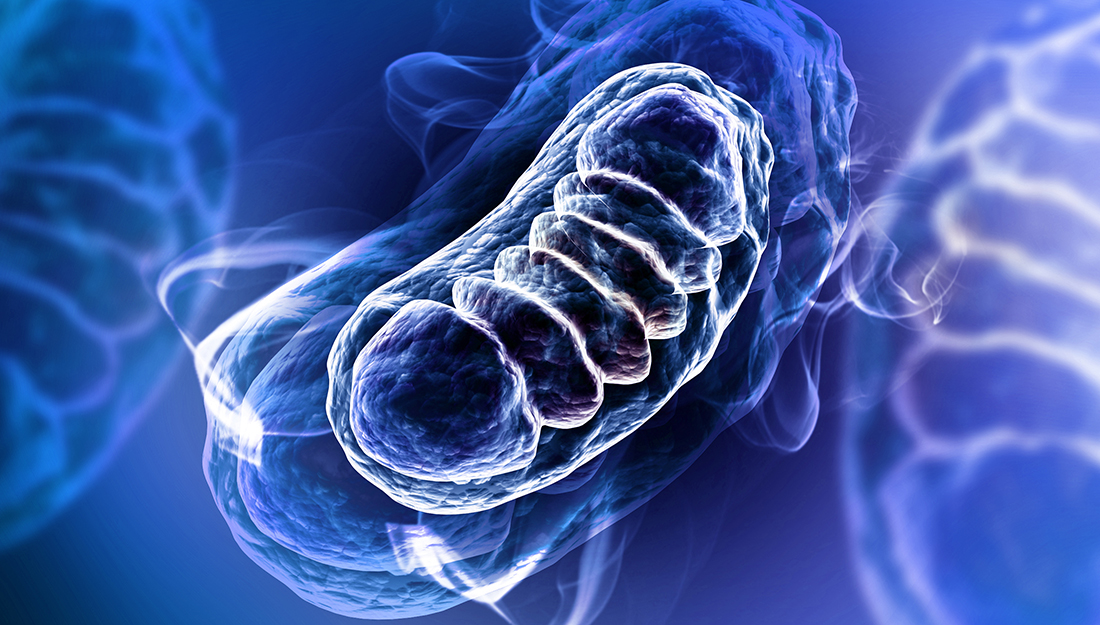Texas A&M researchers discover a new regulator of mitochondria in invasive cancer growth

Cancer cells’ ability to invade and spread is what makes them deadly. In a recent study published in the journal Current Biology, Texas A&M College of Medicine researchers demonstrate that mitochondria, the so-called powerhouses of the cell, play a crucial role in a tumor’s ability to grow. With a better understanding of how this process is regulated, new targets for cancer treatments could be identified.
Mitochondria, the organelles inside each cell that generate energy, play a crucial role in a tumor’s ability to generate the energy needed to invade healthy tissue. “Mitochondria exhibit a remarkable ability to change their shape and spatial distribution within a cell,” said Raquel Sitcheran, PhD, assistant professor at the Texas A&M College of Medicine and corresponding author of the study. “We uncovered a surprising new regulator of mitochondrial dynamics that is important for promoting cancer cell invasion.”
This regulator, which is called NIK, is a protein that regulates immune cell function and inflammation. Their new finding is that NIK is also present on mitochondria in brain, pancreatic and breast cancer cells. When the research team removed all NIK expression using CRISPR-Cas9 genome editing, the cancer cells were no longer able to invade. On the other hand, NIK is upregulated when a cell becomes cancerous, and the more invasive tumors had higher activation of the NIK pathway.
In cancer cells, mitochondria typically undergo fission and are small in size, allowing them to move rapidly to areas of the cell with high energy demands—usually the branches of a cell that are invading surrounding tissue. Without NIK, the mitochondria become fused and are impaired in their ability to move efficiently to areas of the cell that initiate and drive the process of invasion.
“There’s a link between NIK, mitochondrial function and cancer cell invasion,” Sitcheran said. “It gives us a new angle in thinking about the role of mitochondria in cancer progression.”
To understand how this works, think of the mitochondria—under normal circumstances, when they have plenty of NIK—as being able to morph into different shapes, from a slow, hulking bus to a nimble race car. “Mitochondria are very dynamic and can split, fuse and move in the cell,” Sitcheran said. “When they’re smaller, they can get where they need to go much more easily.”
Sitcheran’s work, led by doctoral student Jiung Jung and Sowndharya Ravi, was supported by grants from the Cancer Prevention and Research Institute of Texas and the National Institutes of Health.
The research team’s next steps involve learning more about exactly what NIK targets in the mitochondria and how NIK regulates cell migration during development.
“We’ve identified a new branch of the NIK signaling pathway, distinct from the known players,” Sitcheran said. “We still have to understand each of the new players a bit better, but our findings highlight NIK’s potential as a therapeutic target in a wide variety of deadly cancers.”
Media contact: media@tamu.edu


